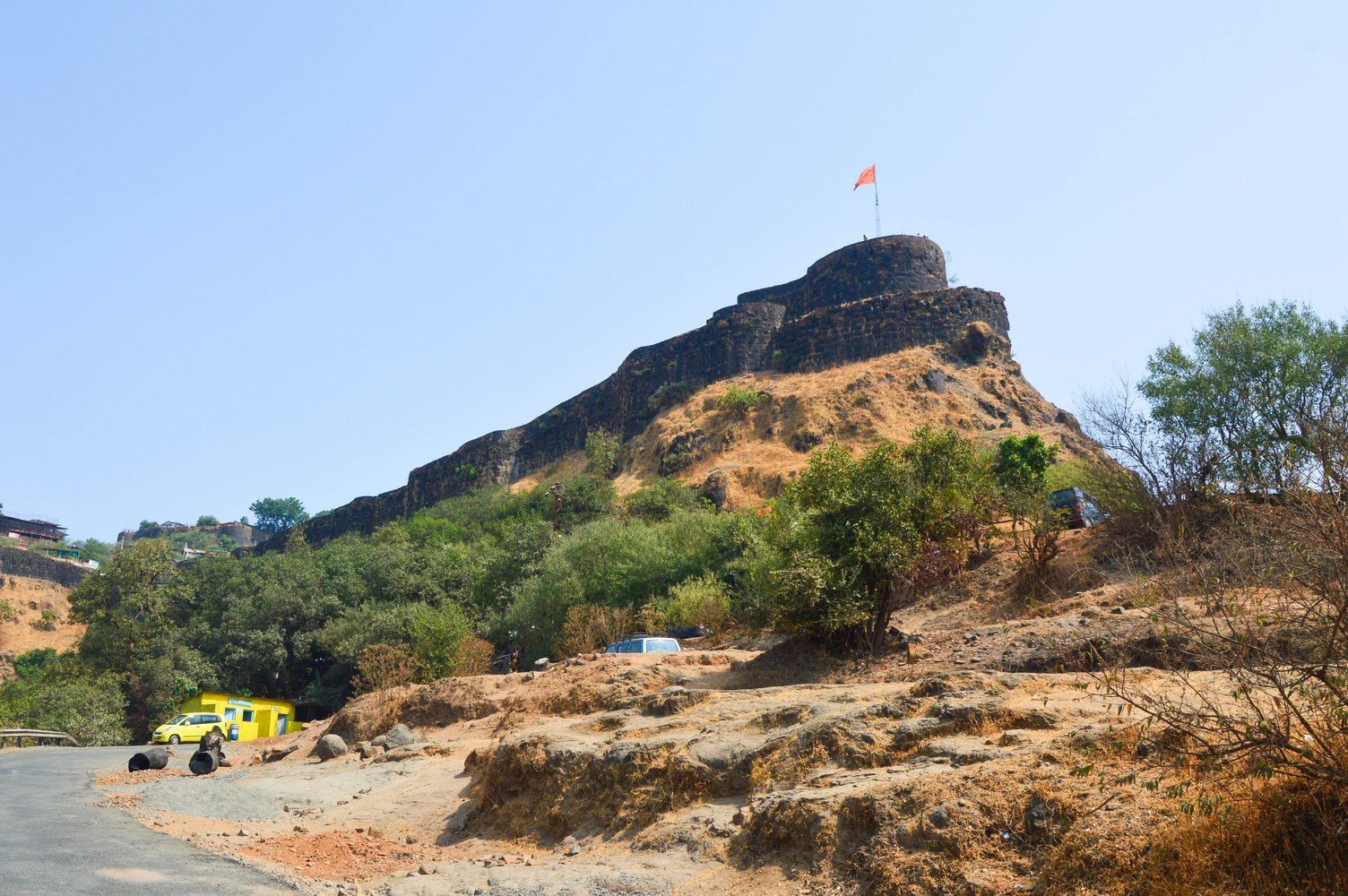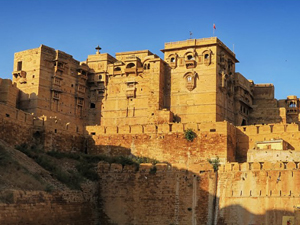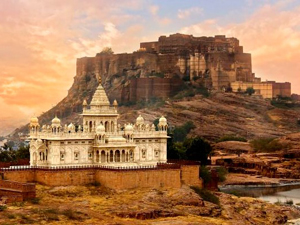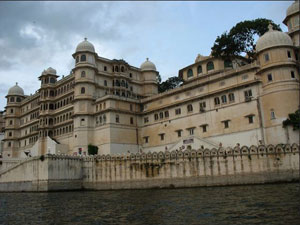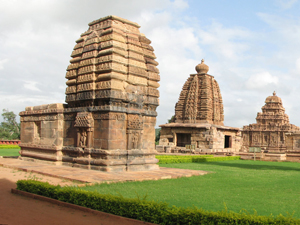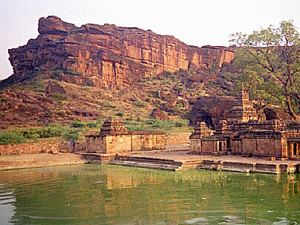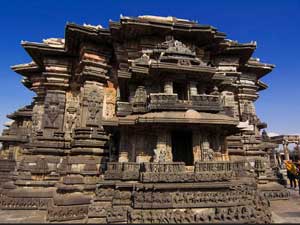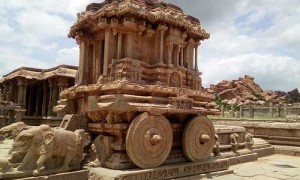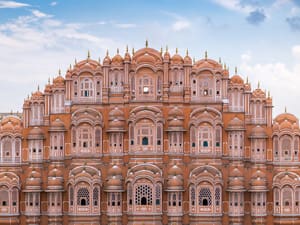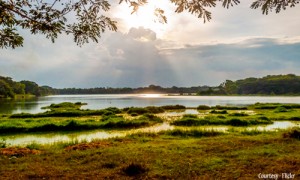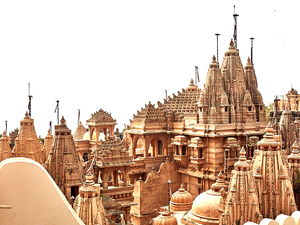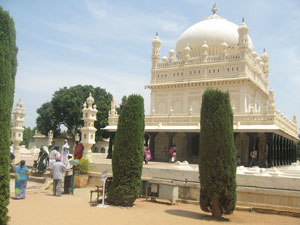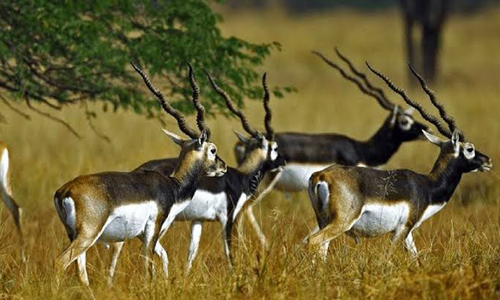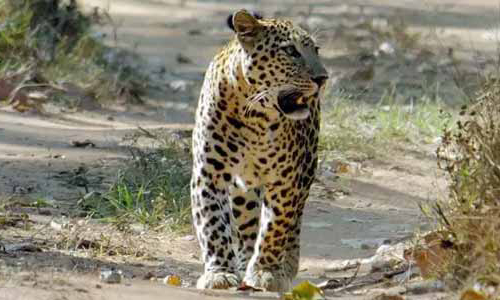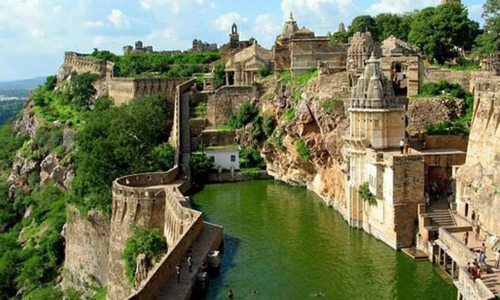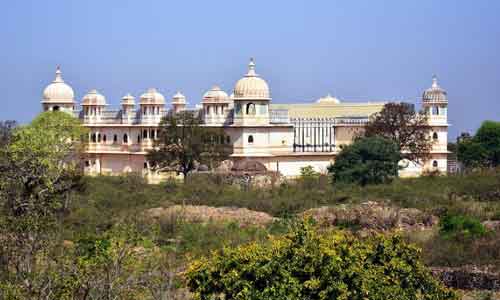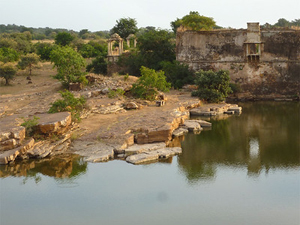The name Chittorgarh evokes the images of valour, battle, forts, and of course, the famed Rani Padmini. Located in the state of Rajasthan, Chittorgarh is still a place less travelled by. So, the if you are planning to visit Rajasthan any time soon, definitely add Chittorgarh to your CHITTORGARH TOURISM PACKAGE.
Here is a list of top Places To Visit In Chittorgarh;
Fateh Prakash Palace Museum
Rana Fateh Singh constructed this palace, which has now been converted into a museum. Maharana Fateh Singh helmed as one of the greatest Mewari rulers. The government turned it into a museum in 1968 to illuminate the history, art, culture, and architecture of Rajasthan.
The richly decorated corridors and walls reveal Fateh Singh’s impeccable aesthetic sensibility. One part of the museum holds all the items related to the Rajput dynasty- coins, art, weapons, etc. An extensive collection of sculptures has become the ornament to the museum. Furthermore, you can see the actual weapons and equipment used by the Rajputs in times of battle. On the other room, traditional woodcrafts of tribal folks are on display. In addition to them, a vast collection of solemn royal paintings adds to the glory of the palace.
Rana Kumbha Palace
Situated within the walls of sprawling Chittorgarh Fort, Rana Kumbha Palace is where the famed Rana Kumbh spent most of his life. Rana Kumbh rebuilt this palace in the 15th century. The legendary queen Rani Padmini performed ‘Jauhar’ in the underground cellers. Rana Kumbh built this place of decorated sandstones with stucco layering. However, the most distinct feature of Rana Kumbh Palace is the series of baldachin balconies.
The palace of Rana Kumbh has two main entrances- Tripolia pol and Badi pol. Additionally, you can see an ancient Shiva adjacent to the palace walls. Nau Lakha Bandar- a nine-lakh treasury building- is another major attraction of the palace. Rani Meera, or Meerabai, also graced this palace with her vajans.
Kumbha Shyam Temple & Meerabai Temple
Although Rajasthan conjures up the image of a place of fortress, battle, glory, and royalty, there is a place in Chittorgarh that stands in complete contrast to all the extravagances of royalty. It is the Kumbha Shyam Temple & Meerabai Temple of Chittorgarh.
Rana Kumbha, in 1448 AD, built this temple and dedicated it to Varaha. In addition to the main temple of Kumbha Shyam, there are two other temples- Kali Mata temple and Meerabai Temple. Bhakti movement is now synonymous with the name Meera Bai. She dedicated herself to the worship of Krishna. The legend goes that Krishna drank poison to save Meerabai from death. Hence, his body colour is blue.
An idol of Varaha, the third avatar of Vishnu, can be seen inside the temple. Moreover, as a sign of reverence, a Chattri of the Kumbh Shyam Temple is dedicated to Meerabai’s guru, Swami Ravidas.
However, the Meera Mandir, situated on the same premise, is the epitome of the Nagara style of architecture. Portraits of Meerabai, images of Krishna, and Meerabai offering pooja to Krishna are placed on the wall of the inner sanctum. Furthermore, it is said that the markings of the footprints are that of Guru Ravidas.
Chittorgarh Fort
Chittorgarh Fort, a UNESCO heritage site, is one of the top places to visit in Chittorgarh. The intimidating beauty and imposing architecture of the fort and the gallant history of Rajput draw crowds from all over the world. Historians believe that Mauryan rulers built this fort sometime around the 7th century AD. The name Chittorgarh comes from Chittrangad Maurya, a Maurya ruler. In known history, it was attacked thrice. However, the fort withstood all the attacks and sieges.
Only some of the 84 Bawlis or water-bodies, built by the Rana, are still functional. The Gaumukh Bawli depends on the natural water supply. Devotees thronged to this Bawli to take a holy dip. This water was supplied through a tunnel into the castle for female members' use.
The Vijay Stambh stands in all its glory as an emblem of unflagging Rajput rulers' fortitude. However, climbing an eight-story high building through steep stairs and narrow aisles might seem daunting to some. Add to that the panoramic view of Chittorgarh from the top of the tower.
So, these are the top places you must visit in Chittorgarh. We hope that this comprehensive list will enhance your travelling experience.


